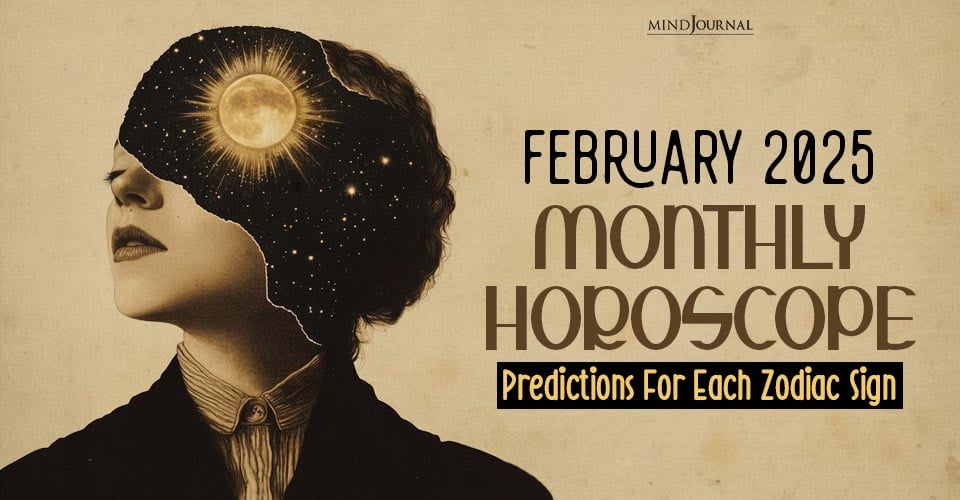Freud is more than the oddball father of psychoanalysis we know him as but has become a cultural phenomenon. Everyone has heard of Freud, from the stranger to psychiatric science to the Master of Mental Health graduate, and with good reason. Before Freud, most psychotherapy simply consisted of getting the mentally ill and psychotic out of the way of “normal” society. This involved shipping them off to asylums where they were largely ignored and left to degenerate. It was Freud’s works and early studies of psychoanalysis that paved the way for the modern therapy and counselling we have today. Among the most famous, was Freud’s contribution to dream analysis, as published in his 1899 work “The Interpretation of Dreams.”
History of The Interpretation of Dreams
Although dream interpretation has existed since ancient cultures covered the globe, the use of dreams as a signal of a person’s mental state and psychological detail was not until 1899 when Sigmund Freud published The Interpretation of Dreams under its German title “Die Traumdeutung.”
What led Freud to write The Interpretation of Dreams was a dream that he had on the night of July 23rd 1985. Troubled by a patient he only ever referred to as “Irma,” during his sleep one night, Freud pictured meeting with Irma who complained of illness. Unable to find the solution on his own, he invited some physician friends of his to examine Irma, however they could only arrive at the conclusion that she required an injection of “propyl, propyl…propionate…trimethylamine”, a solution that has no medical use.
Freud used this dream as the basis for his theory on dream interpretation. To Freud, the “Irma’s Injection” dream represented a form of wish fulfillment. Freud wished that the responsibility for Irma’s non-progressing condition did not fall on his shoulders, therefore his subconscious made it a reality. At least for a while. Along with his views on dreams as wish fulfillment, Freud believed that dreams offered near unfettered gaze into the nature of a patient’s unconscious mind.
Freud spent two years researching and writing the book until it was published in 1899, where it was met with lacklustre sales, however it went on to revolutionise psychotherapy – and is even credited with establishing Freud’s theories of psychoanalysis, which although flawed at the time have led to modern psychology and therapeutic practices.
How The Interpretation of Dreams Shaped Modern Therapy
Freud’s dream theories and the introduction of the “unconscious” mind to treat mental illnesses was the first of its kind in the field of psychology, and it really spearheaded the method of understanding how a person’s mind works in order to guide them to self-actualising solutions. Freud’s method was to talk to patients, quiz them about their mental processes and life understanding, and apply conscious cognition to pathological, reflexive unconscious action and thought.
This practise was groundbreaking for its time. Until then, psychotherapy almost entirely consisted of hypnotism or religion and spirituality based treatment. Freud’s theories solidified a more sophisticated approach to the existing methods at the time. Although there was a form of “talking cure” for nervous disorders, the predominant method at the time involved inducing hypnosis in patients, which resulted in them revealing information they could not recall in a waking state.
Freud, however, discovered that patients would often talk freely when allowed the space, and that the unconscious could be accessed through conversation, and the right prompting; a process Freud called “free association.” He would get patients in a relaxed state, (i.e. lying down) and provide the patient with a series of prompts that they were encouraged to react to as quickly as possible.
Practices such as these were what earned Freud the title of “father of modern psychotherapy.” Although Freud, his methods, and his research (especially behind The Interpretation of Dreams) have been criticised; there is no doubting that the man planting the seedling understanding of the inner workings of the mind and mental health, that would inevitably grow into what we understand today.
Dream Interpretation According to Freud
So what exactly was Freud’s theory or methodology behind analysing dreams?
The first port of call was to establish exactly what happened in the dream, and thereby develop a base for his psychoanalysis. Afterwhich, Freud would engage in a free-association session with the patient, allowing the individual to express the thoughts or words that come into mind about their dreams’ elements.
From here there were numerous methods to interpret the dream, but it usually involved discussing the contents of the dream and the feelings that each part of it stirs, coupled with the therapists’ understanding of the patient and their understanding of symbols.
Freud believed that through analysing the dream of the patient, the therapist could gain significant insight into the deepest inner-workings of a person’s mind.
Freud’s “Interpretation of Dreams’ ‘ is a classical work these days, and essential reading for any student or hobbyist psychologist. The book contains much of the groundwork for modern therapists. Despite the fact that modern research and psychological science tends to disagree with much of Freud’s work, the importance and impact of dream interpretation (especially in its early days) cannot be understated; and if not for Freud we may not have the nuanced understanding of the mind we have today. Although Freud was a flawed individual with flawed practise, he introduced us to new ways of thinking about the workings of the mind. The significance of that achievement can never be overstated.









Leave a Reply